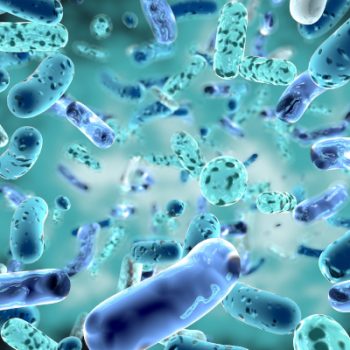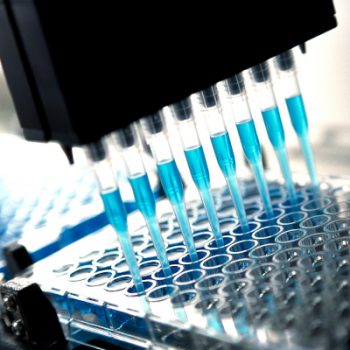Next generation sequencing (NGS) is a term for a group of advanced technologies that determine the exact order of nucleotides in DNA molecules. Based on the sequence of certain genes, NGS can identify microorganisms present in the sample down to the genus and even species level to answer the question: Who is there?

NGS ADVANTAGES:

IDENTIFICATION
Who is there? Next generation sequencing (NGS) provides comprehensive identification of microorganisms present in a sample down to the genus and even the species level with no prior knowledge of the microbial community.

RELATIVE ABUNDANCE
While not quantitative, NGS reports include the relative proportions of the microorganisms identified in the sample based on number of classified sequence reads. Results reported as number of reads and percent of classified reads.

REVEALING
NGS reveals the overall microbial community composition. Knowing which microorganisms are present and their relative abundances provides insight into the types of microbial processes might be occurring such as fermentation or metals reduction. In addition, NGS is commonly used at sites impacted by emerging contaminants where biodegradation pathways are unknown and therefore CENSUS ® qPCR and QuantArray® assays are not available.

COMPATIBLE
Multiple lines of evidence can provide a more complete picture. At complex and challenging sites, NGS is often used for an overall profile of the microbial community composition while CENSUS® qPCR or QuantArray® is performed to quantify known contaminant degraders and functional genes.

DESCRIPTIVE
NGS reports include brief descriptions of the top genera identified in each sample. The descriptions highlight the metabolic capabilities commonly associated with the genus.

COMPARATIVE
Reports include statistical analysis that compares NGS results between samples to reveal important differences or shifts in the microbial community between monitoring wells, over time, or in response to treatment.

FLEXIBLE
Analysis can be performed on almost any type of sample (water, soil, sediments, Bio-Traps®, and others).
HOW TO USE NEXT GENERATION SEQUENCING:
Next generation sequencing (NGS) is a powerful molecular biological tool designed to answer the question: What microorganisms are present?
Use NGS to help answer…
- What microorganisms are present?
- How diverse is the microbial community?
- How did the microbial community change in response to site activities?
- Which microbes were relatively more or less abundant after treatment?
- What are the differences in the microbial communities along the dissolved plume?
- What biogeochemical processes are likely in each zone?
- Are different types of microbes present in downgradient areas?



